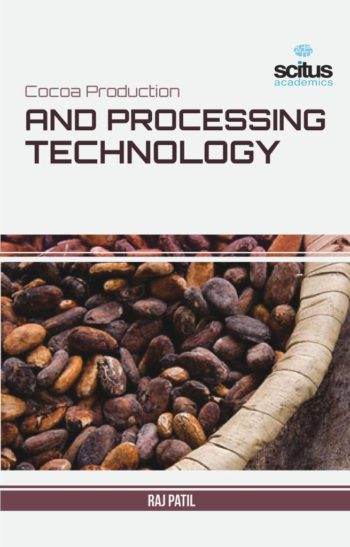The global fish production industry is highly varied with respect to species, production technology, geographical location and various other aspects. Fish farming is basically subject to the same economic laws as traditional farming, capture fisheries deal with certain quite specific and deep-rooted economic problems. The most fundamental of these problems are the inherent dynamic complexities of wild fish stocks and the traditional common property arrangement of most capture fisheries. The capture fisheries of Asia and the Pacific region are dominated by pelagic species – in many subregions it is small pelagics that are the dominant group. The proportion of low-value/trash fish is increasing in many areas, a trend that is meeting the growing demand for these fish for use as feeds for livestock and aquaculture. Freshwater fish dominate aquaculture production. As expected, there is considerable variation in general trends among the five main subregions of Asia and the Pacific region. Production from China, South Asia and Southeast Asia continues to grow. Capture fisheries production from Japan and Democratic People’s Republic of Korea have shown a steady decline over many years, partly because of declining stocks, whereas aquaculture production has remained relatively stable. With rising global incomes, demand for fish products will almost certainly continue to grow. A corresponding increase in supply cannot come from capture fisheries, which are already close to the maximum sustainable production. It can only come from fish farming which is not subject to the same binding constraints. An integrated production and market analysis predicts more than doubling of the global fish production during the current century with virtually all the increase coming from fish farming. Global fish farming production is predicted to exceed that of capture fisheries in the 2020s.
Fisheries & Aquaculture Economics Management covers all aspects on the economics of fisheries and aquaculture. It provides the prospect on current state of the global fishery and aquaculture and points out certain key features of these production activities. It discusses key issues such as how to finance and plan new aquaculture business, how to monitor and evaluate economic performance, and how to manage capital, labor, and business risk, the book equips aquaculture professionals, students, researchers, or anyone interested in this subject.













